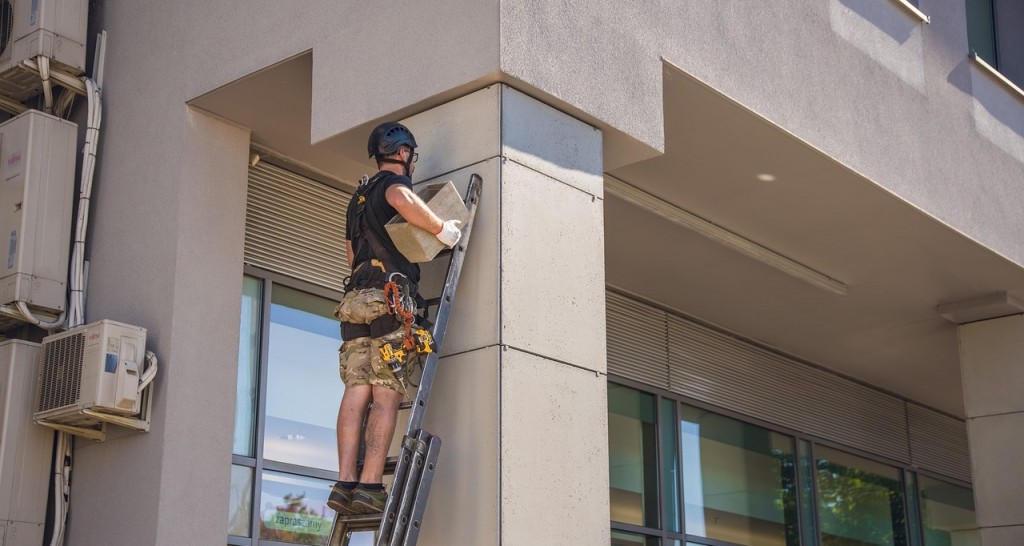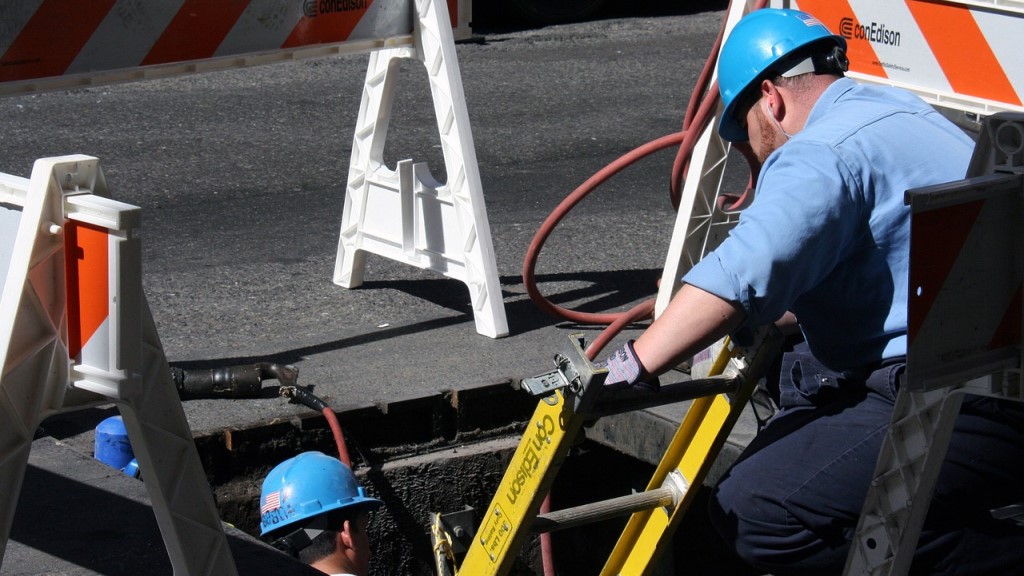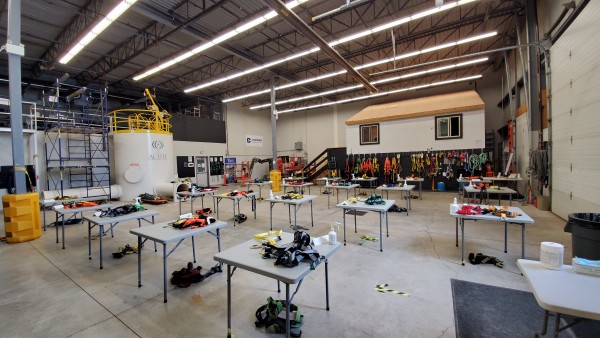What is a safety share? Simply put, a safety share is when a worker shares a lesson that they learned from a health or safety incident with the goal of saving someone else from making that same mistake. Learn more.
If you are looking for effective workplace safety training, contact us.

Learn how to give an effective safety share
What Is a Safety Share?
As stated above, a safety share is the sharing of something that you have learned from an accident, or other health and safety incident that you personally experienced and now want to tell others about.
The purpose of a safety share is to hopefully ensure that other workers won’t make the same mistake. It is important to note that safety shares are not formal talks, they are simply one worker sharing their experiences with another worker.
Tips for Doing a Safety Share
If you would like to do a safety share but aren’t sure how here are some tips to help you get started.
Tip #1: Use everyday language
Remember that a safety share is not a speech or formal safety presentation, so you should just use the language that you would normally use when you are talking with your coworkers on the job.

A safety share is very informal and uses everyday language
Tip #2: Don’t keep it to yourself
Don’t think that you have nothing of value to share. If you have experienced a safety incident, then sharing it could save someone else from going through the same thing. Try to get over your shyness by remembering that sharing what you have learned could save someone else’s life.
Tip #3: Talk about an actual event that happened to you
Safety shares are effective because they are based on actual events that have happened to you. Talking about something you know about (because it happened to you) is much more powerful than simply reading a list of safety rules.

Talk about an incident that you experienced first-hand
Tip #4: Share a story that relates to your workplace
A safety share will be more effective if it is something that relates to the workplace of your current audience. If you experienced something at another workplace that could occur at your current workplace, then it would be valuable to share it.
Tip #5: Get your supervisor to get the ball rolling
Workers may be hesitant to share their stories. Therefore, get your supervisors to initiate safety sharing by having a set time during weekly meetings for workers to share.
They could get the conversation started by asking if anyone has a story to share about a certain safety topic. For example, they could say, “Would someone like to tell us about a time when they experienced a fire breaking out at their workplace?”

Get your supervisor to allow for safety sharing during meetings
Tip #6: Follow a simple outline
You might find it difficult to know where to start with your safety share and what details to include. Here is a basic outline of what you could include in your safety share.
1. Where the incident took place: Tell your listeners where you were when the incident happened. For example, if you were inside or outside, what room you were in, and any other details about your surroundings that pertain to the incident, ie. that the lighting was poor or the floor was slippery.
2. Describe what happened: Give details about what happened. Include things like what you were doing prior to the incident, what you were wearing, and if anyone else was present.
3. Talk about actions that were taken: Once the incident occurred, describe any immediate or long-term actions that were taken at the scene to prevent the accident from happening. For example, if you tripped and fell down some stairs, maybe someone removed the obstruction at the top of the stairs that made you trip.
4. Give a summary of the lessons you learned: Briefly summarize the things that you have learned from this incident.
5. Ask for feedback: See if any of your listeners have any suggestions or additional ideas for safety measures or practices that could be used to further improve safety related to this incident.

Give details about where the incident happened
Examples of Safety Share Topics
If you are not sure what kinds of topics you could use for your safety share, here are some examples to get you thinking.
Heatstroke while working outside
Hazards of working around heavy equipment
Walking near a forklift
Falling on the stairs
Working on a ladder
Wearing a seatbelt while operating machinery
Working around hazardous materials
Keeping observant at the workplace
Working on an elevating platform or scissor lift
Working at heights
Importance of wearing safety glasses
Having a proper fit on your respirator
Office ergonomic concerns
Protection from falling objects
Entering a confined space
Working in a poorly ventilated area
Keeping your hands safe
Insect/bee sting allergies
Importance of keeping hydrated
Lifting objects properly
Distracted driving / distracted walking
Slippery surfaces
Shift work concerns
Tripping hazards
Importance of fire extinguishers
Wearing proper personal protective equipment
Protecting your hearing at work

There are many different types of safety share topics you could talk about
Looking for Expert Safety Training? Contact ACUTE
You can trust ACUTE for the best safety training possible. ACUTE’s experienced team members have been serving safety professionals for over 20 years. You can rely on ACUTE for hands-on, physically distanced, practical safety training to keep your employees safe in the workplace. ACUTE is dedicated to workplace safety and understands the importance of course and training provider approval. Why get workplace safety training with ACUTE? Here are just some of the benefits of working with ACUTE:

- Open Door Instructor-Student Partnership – ACUTE’s training services emphasize client participation. Staff foster relationships with clients and serve as a touchstone for advice anytime moving forward.
- Serving Your Team and Industry – With a vast array of clients in the manufacturing, construction, health, academic, and government sectors, ACUTE brings the best safety practices from across the spectrum to your workplace.
- 100 Years Combined Experience – ACUTE provides comprehensive health and safety training, on-site safety services, and consulting services. With over 100 years of combined experience, our company staff offer more than theoretical or abstract ideas. ACUTE offers solutions.
- Track Record of Success – ACUTE is rated 4.9/5 stars on Google reviews, demonstrating a commitment to our clients, quality, and passion for training.
Check out our course calendar for times and dates of our courses.
What Our Customers Are Saying…
“I work at the University of Guelph as an arborist. Ron Campbell provided a small socially distanced group and myself with working at heights training. Ron has a wealth of knowledge and kept everyone engaged with many “real life” examples of working at heights scenarios and facts. We have also received elevated work platform training with Patrick from Acute training. Patrick is also a very friendly, knowledgeable and engaging professional trainer. I truly believe that the best trainers are those with practical experience and the trainers at Acute have that locked down.”

